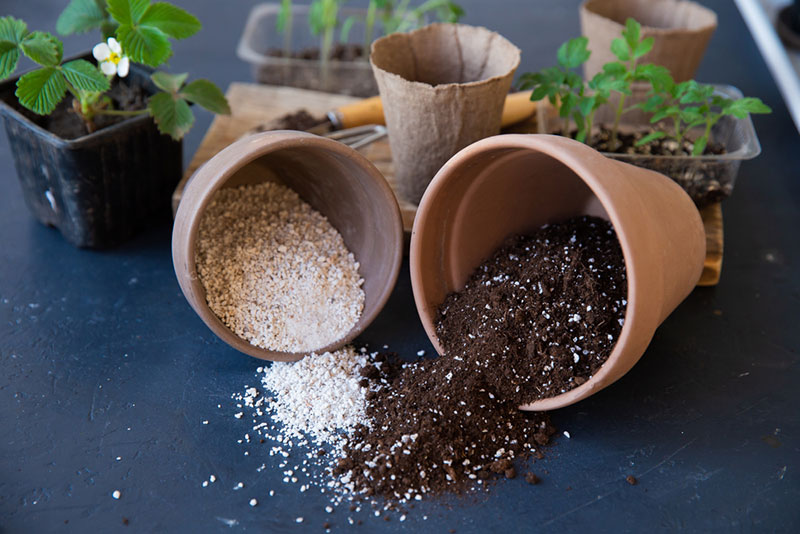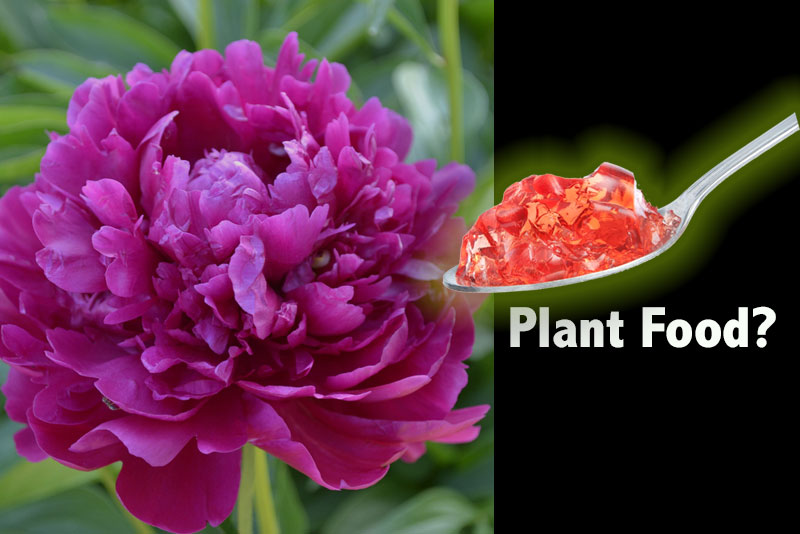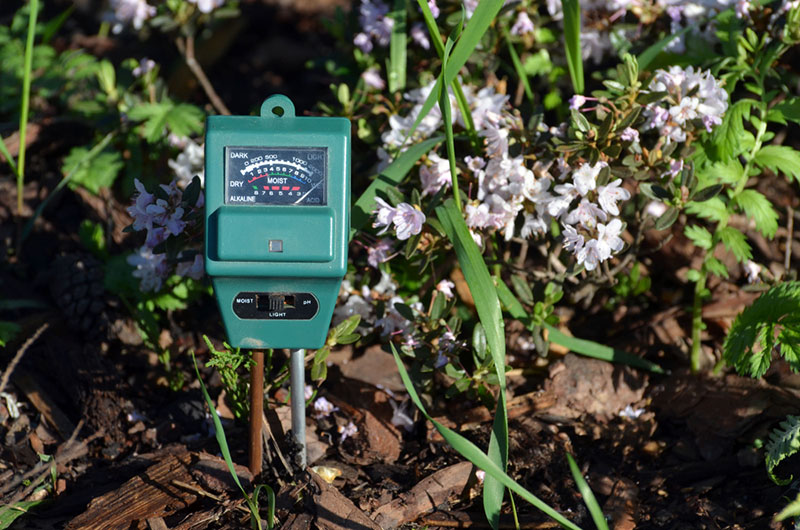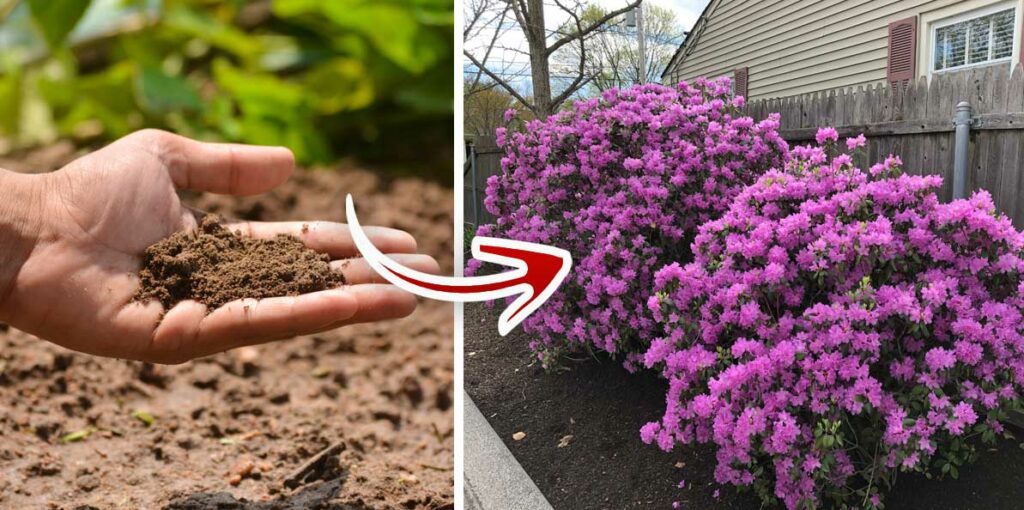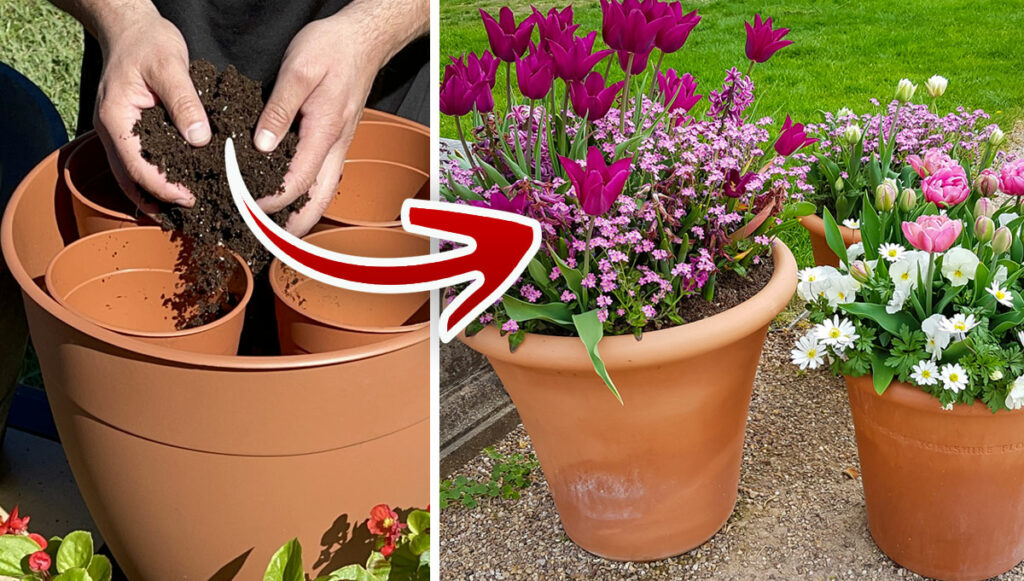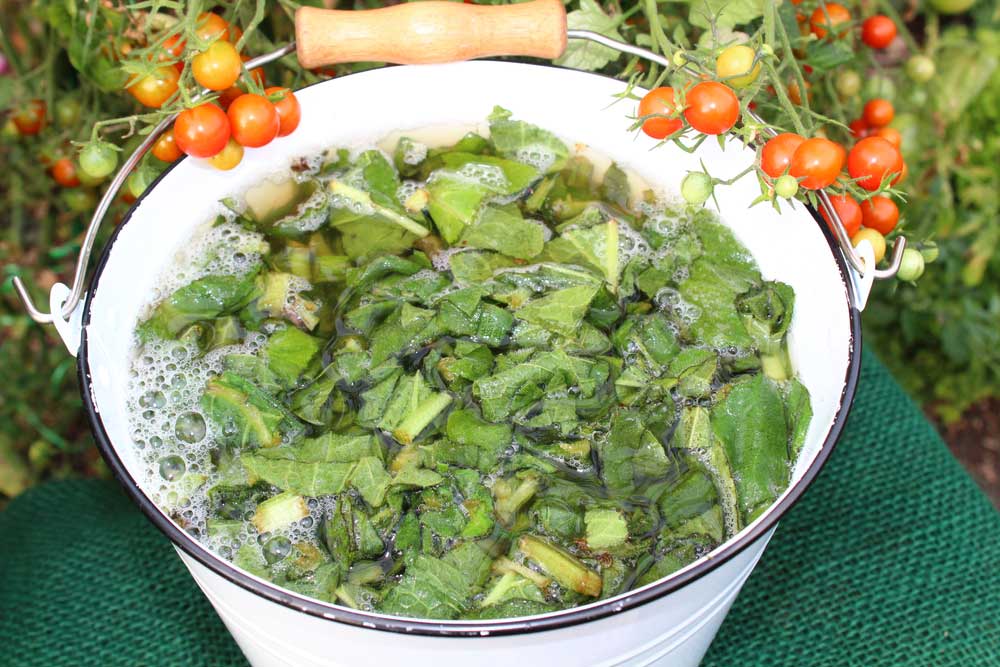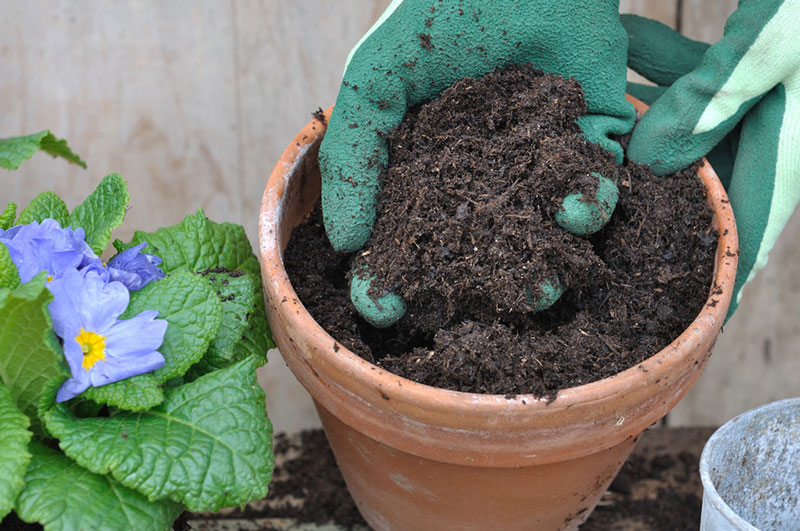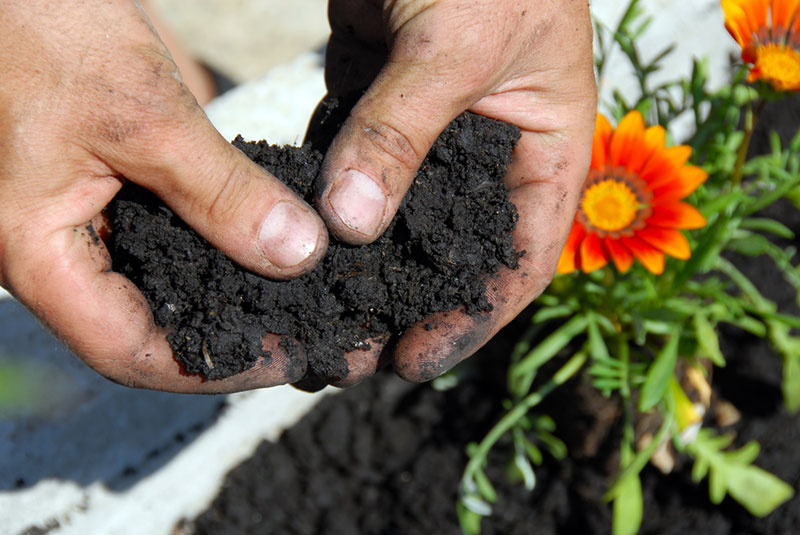
Mention garden soil nutrients and most people think of the big three fertilizer components of nitrogen, phosphorus, and potassium. Soil and plants need more nutrients than just those three, however, and these secondary nutrients have more than a secondary effect. Minerals like calcium, magnesium, and sulfur are essential for proper plant growth and overall health, as well as for the quality of plants used as food.
Magnesium levels in soil vary across the country, with humid areas having more issues than drier regions. However, every gardener needs to understand the benefits of adding magnesium to garden soil because so many plants depend on this mineral.
Good gardening always starts with a soil test for pH and nutrient levels; once you know those, you can go from there and create a healthy, happy garden.
What Magnesium Does for Plants and Soil
Magnesium is one of the key elements in plant growth. It is essential for the formation of chlorophyll; without magnesium, chlorophyll can’t form and thus leaves can’t conduct photosynthesis. Deficient magnesium allows some chlorophyll to form and some photosynthesis to take place, but the plant will be weak and may not live long if it can’t get enough “food” from the photosynthesis.
Magnesium also activates enzymes that promote healthy growth and strengthens cell walls in seeds, which can improve germination. Magnesium in soil and plants also affects humans and animals who eat those plants as magnesium provides some of the amino acids used in protein production.
Insufficient magnesium leads to lower and poorer-quality proteins in the plants.
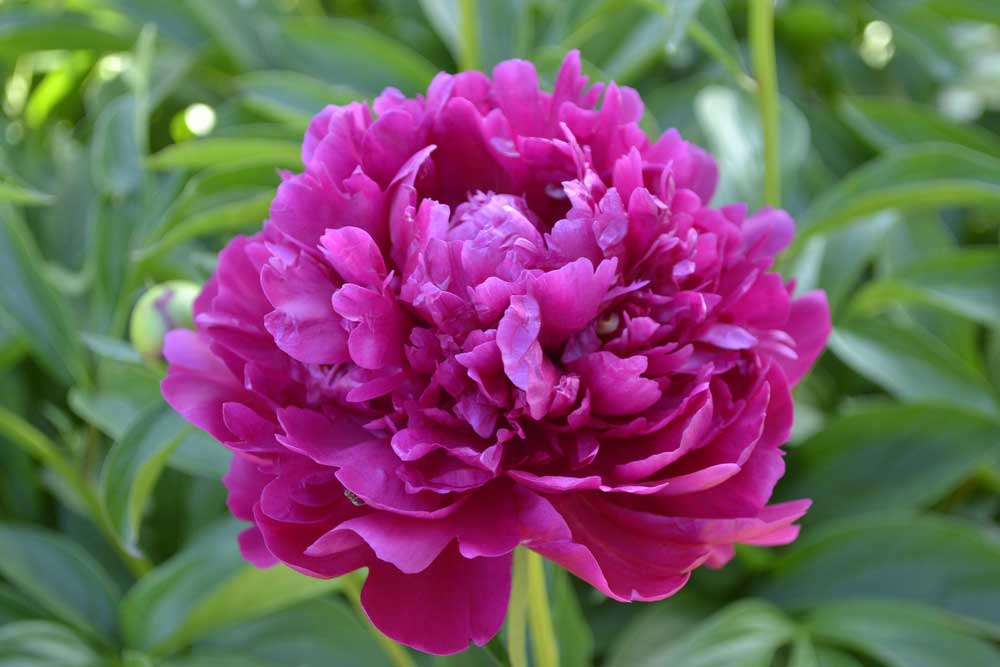
In What Forms Is Magnesium Available?
Magnesium for garden soil comes in soluble and insoluble forms. The best insoluble form is dolomitic lime, which is also used to amend soil pH; dolomitic lime contains magnesium, whereas calcitic lime does not. Soluble forms include Epsom salts, or magnesium sulfate, which also contains some calcium and sulfur; magnesium oxide; and sulfate of potash magnesia, which contains magnesium, sulfur, and potassium oxide.
This is why it’s essential to test your garden soil first for all nutrients and pH. You don’t want to add dolomitic lime to soil that’s already alkaline, nor do you want to add a compound that contains potassium oxide to soil that is already excessively high in potassium. You also need to be aware of the levels of nutrients like calcium so that you can add the proper amount of magnesium. Guessing instead of testing can lead to harm to the plants.
Epsom salts are often touted as the perfect fix to soil low in magnesium, both because the salts are very soluble and fast-working and because they’re easy to find. However, there are some caveats if you choose to use Epsom salts. There’s a lot of anecdotal evidence of Epsom salts making plants healthier, but the results really depend on the plant’s full nutritional situation.
For example, soils low in magnesium are also often older soils that are acidic. In that case, you may be better off using dolomitic limestone and waiting however long it takes (lime amendments work slowly) for both the pH and the magnesium levels to change. Using Epsom salts, in this case, would leave the pH relatively unchanged and the soil unsuitable for many plants. The downside to using dolomitic lime is that you’ll have to monitor the calcium levels of the soil; adding organic matter to amend the soil may be an alternative to using dolomitic lime.
If pH isn’t a concern but magnesium is, for severe deficiencies, look at using Sul-Po-Mag, a fertilizer containing sulfur, potassium, and magnesium; Epsom salts really won’t fix severe deficiencies. Also, if you choose to use Epsom salts, use them sparingly and in the formulations recommended for different plants. For example, some need magnesium added to the soil, while others prefer a foliar spray on the leaves.
What Are the Symptoms of Magnesium Deficiency in Plants?
Some plants experience yellowing and curling of leaves when the soil is low in magnesium. A few, such as leafy greens and legumes, suffer from interveinal chlorosis, in which the leaves turn yellow but the veins stay green. Leaves might eventually turn pinkish. Sometimes there are no signs the plant is deficient in magnesium other than a feeling that the plant isn’t doing very well.
How Do You Fix Magnesium Deficiency in Soil?
As mentioned previously, you have to amend the soil or use a foliar spray, and what you choose to do depends on the soil pH and general nutritional profile of the soil. These nutrients affect not only the plants but each other, and adding one without knowing the levels of others in the soil can create an imbalance that affects the plant.
Is Too Much Magnesium Bad for Plants?
Too much magnesium can, unfortunately, be toxic; however, problems with too much magnesium aren’t that common, although they do occur and shouldn’t be ignored.
For example, too much magnesium in the soil creates obstacles for water uptake in plants (magnesium chloride road deicers and dust suppressors that run off into areas with trees are a particular problem), which in turn restricts the amount of calcium the plant can take in. That lowered calcium can lead to problems like blossom-end rot in tomatoes. Be aware that some people promote using Epsom salts to cure blossom-end rot, but in reality, the salts can make the condition worse.
Like other nutrients, magnesium additions can be both helpful and harmful. You must test your soil first and plan carefully to have the best chances of producing a lush, healthy garden.





